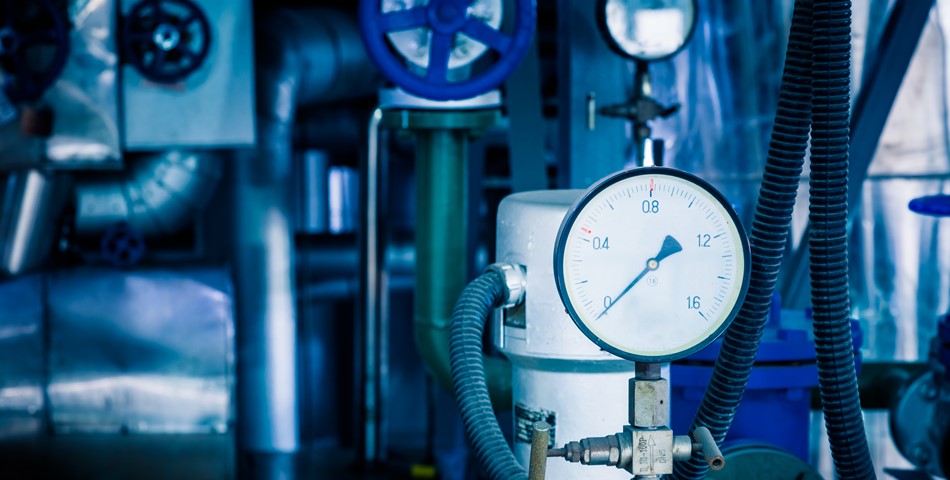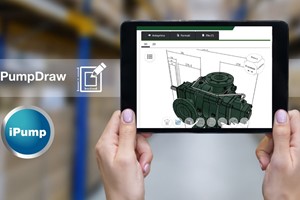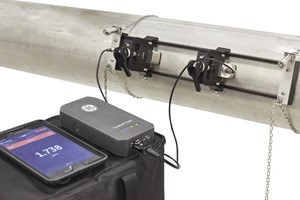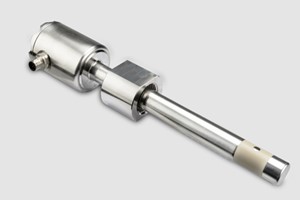In a surprising revelation, researchers from the University of Oregon have stumbled upon a novel source of inspiration for the design of more cost-effective and efficient pumps crucial for industrial applications like water filtration. Their focus? The unassuming Oikopleura dioica, a minuscule marine larvacean measuring just 1 mm in length. These researchers, based at UO's Oregon Institute of Marine Biology, have discerned that the unique feeding habits of this tadpole-like creature could hold the key to revolutionizing peristaltic pumps commonly employed in fluid treatment processes.
Traditional positive displacement pumps, prevalent in industrial settings, typically require external squeezing to propel fluid through a system. However, O. dioica takes a different approach. This marine larvacean relies on its tail to create a mucus cocoon, a distinctive structure it constructs several times a day for the purpose of filter feeding. Despite the unappealing nature of a "snot palace," the biological engineering behind it is truly ingenious.
At the heart of this peculiar pumping mechanism lies the animal's tail, which, when placed inside the mucus cocoon, propels fluid forward toward the larvacean's mouth. Kelly Sutherland, a biologist at UO's Oregon Institute of Marine Biology, highlights the uniqueness of this pump, stating, "Pumps are everywhere in nature, but this pump is unique in driving fluid through a filter by beating a tail inside a sealed chamber." The mesmerizing aspect, she adds, lies in observing these animals at work.
Terra Hiebert, a research associate at UO, expressed awe at the complexity of the process. Every few hours, O. dioica meticulously crafts its "snot palace," inflating the structure with its tail and using the same tail to propel fluid containing food particles. Once its purpose is served, the mucus case slides out through an escape hatch, showcasing the efficiency of this intricate pumping system.
The researchers made their discoveries at a breeding facility in Bergen, Norway, where they studied the animals using microscopes and high-speed video capture. By closely examining how the larvacean's tail directed water and particle flow within the mucus cocoon, they uncovered a sophisticated pump system. The tail, snugly fitting within the structure, makes contact with sides that seal and unseal the chamber at key points, creating pressure and controlling fluid movement to prevent backward flow.
Hiebert elaborated on the larvacean's pumping strategy, noting its sinusoidal tail and snug fit within the chamber, resulting in minimal backward displacement of water. This unique pumping mechanism, the researchers believe, could serve as a blueprint for developing more efficient pumps, potentially shielding moving parts from wear and tear.
"This new understanding of larvacean pumps helps us understand the ecological success of a widespread organism and may even inspire the next generation of water or air filters in the built environment," Sutherland concluded. The prospect of mimicking nature's ingenious design offers a promising avenue for advancing pump technology and enhancing the efficiency of vital industrial processes.
By Bronwyn Thompson













